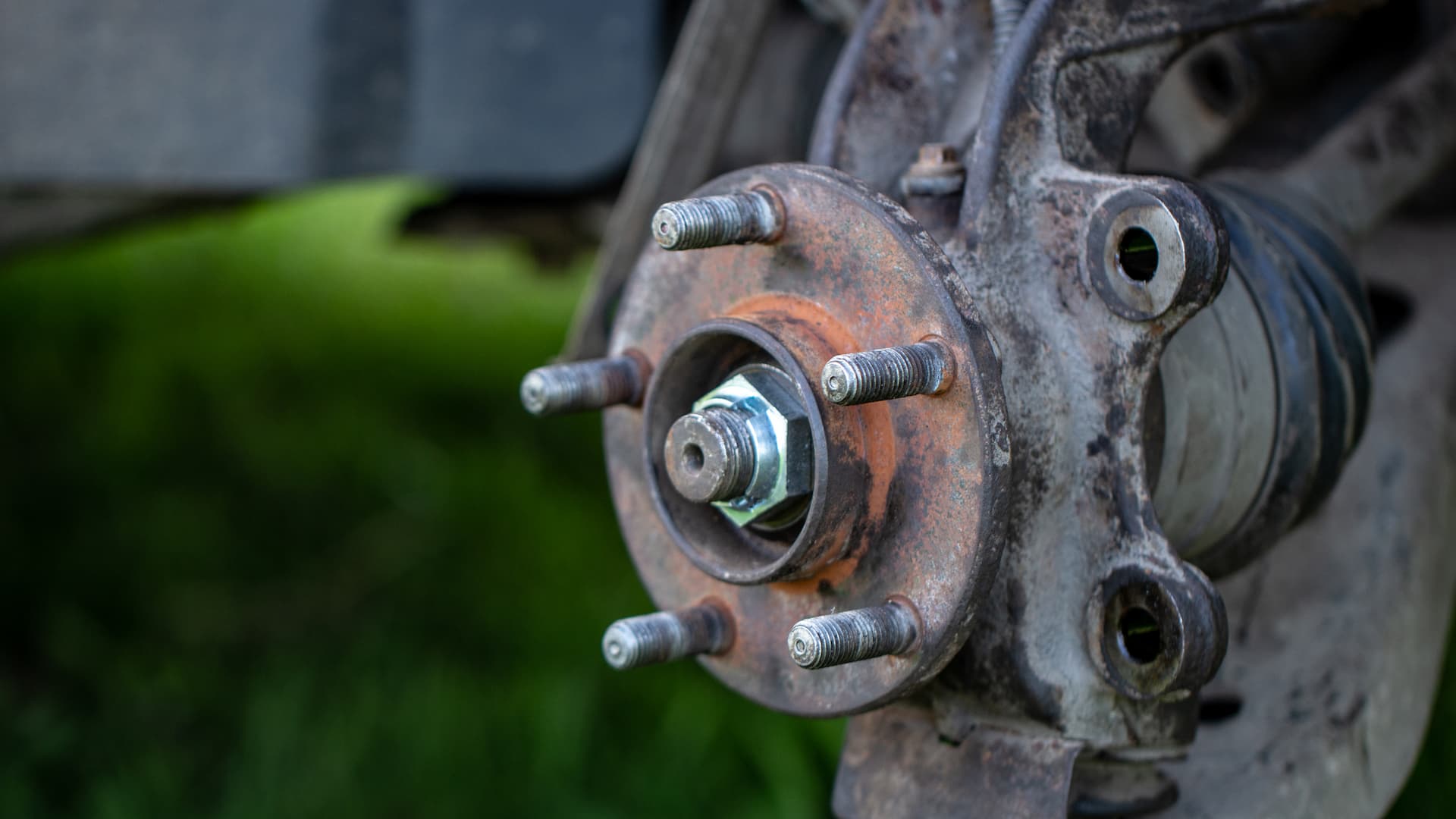3 Battery Terminal Replacement FAQs
Let’s look at some typical questions and answers associated with a battery terminal replacement:
1. What Is A Battery Terminal?
Battery terminals are the connecting points between the car’s battery and the electrical system.
These heavy-duty connectors or clamps come in various designs, sizes, and configurations, so you should make sure you’re purchasing the right one for your vehicle.
Typically, these terminals comprise a positive and negative terminal, and if either isn’t connected properly to the charging system, you could face an electrical supply issue.
2. How Do I Remove Corrosion From The Car Battery?
While removing minor battery corrosions from the terminals is relatively easy, more severe signs such as bluish-green mold could mean you need a replacement.
Here are the steps to help remove minor corrosions:
- Begin by putting on a pair of gloves and safety goggles to prevent any direct contact with these corrosive chemicals.
- Next, grab a wire brush or toothbrush.
- Now, mix a cup of water with one tablespoon of baking soda, dip the brush in and carefully scrub the corrosion of the terminals.
- Alternatively, you could use a battery terminal cleaner spray and silicone dielectric grease.
3. How To Replace Battery Terminals
Replacing a battery terminal requires some technical know-how, so if you haven’t done this before, you should get a professional mechanic to do it.
Here are the required tools for a battery terminal replacement:
- Wire brush
- Sandpaper
- Gloves
- Safety goggles
- Battery terminal cleaner spray, silicone dielectric grease, or baking soda
- New battery clamps
- 10mm wrench
- Rag
- Diagonal cutters
And here’s a quick look at how a certified technician would go about it:
- Turn off the engine and pop the hood.
- Inspect the battery cable, the battery tray, and the battery terminal for signs of corrosion.
- Loosen the terminal nut with a ratchet and disconnect the old terminal from the battery post, making sure you start with the negative terminal and cable to prevent an electric arc.
- Use a rag and remove the battery terminal connector from the battery post.
- Undo the but facing upwards and remove the wire plate and the anti-corrosion washer that connects the battery cable to the old terminal.
- Brush off any corrosion on the battery post or wires using a battery terminal cleaner spray, silicone dielectric grease, or baking soda.
- If there’s excessive corrosion, use a plier to hold the terminal and cut the wire with a wire cutter.
- Use heat shrink tubing to seal the exposed wires, preventing them from corrosion.
- Install the new battery terminal and secure the battery terminal end, the wire plate, and the anti-corrosion washer to the wires by tightening the upward-facing nut.
- Repeat the process for the positive battery terminal and cable.
- Now, tighten the nut facing sideways and use a shim if the terminals don’t fit snugly (shims are metal caps for battery posts, ensuring the terminal adapter fits snugly).
- Apply the anti-corrosive spray and dielectric grease to both the terminals, and you’re ready to go.







